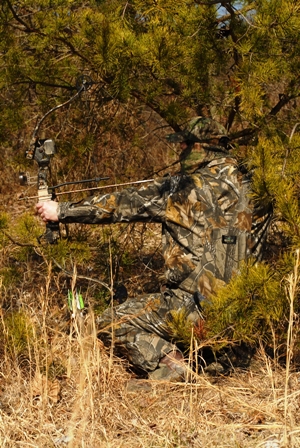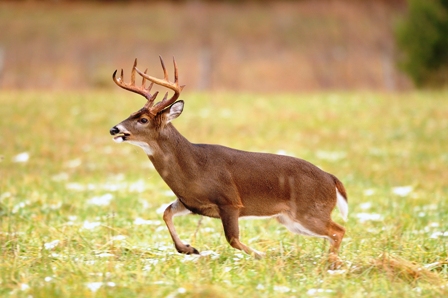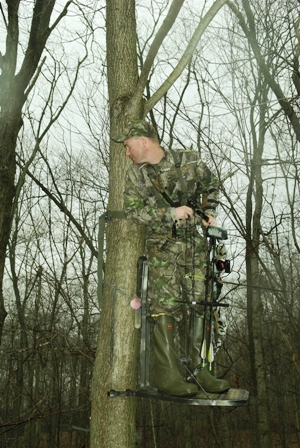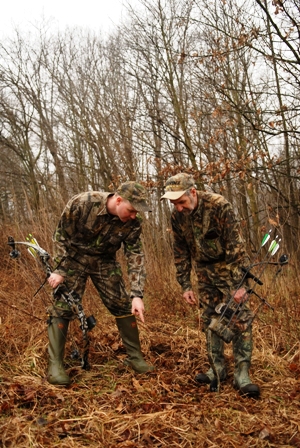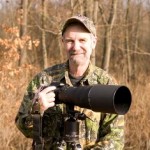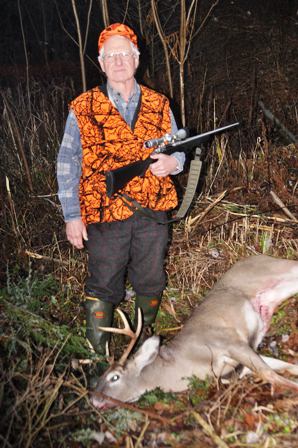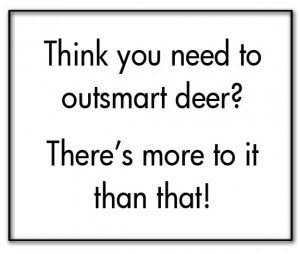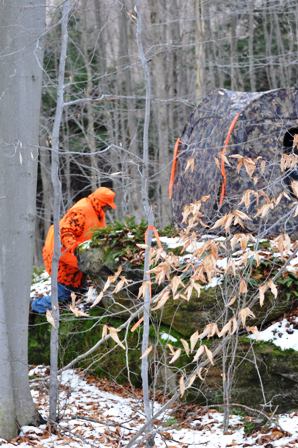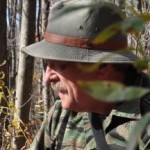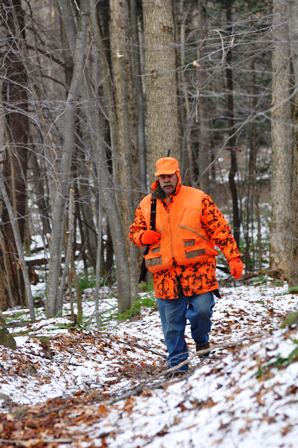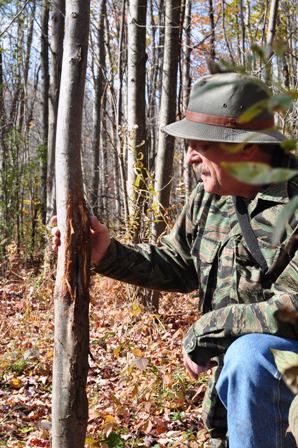By Bernie Barringer
(Photos courtesy of Kevan Paul)
An expert shares his secrets to catching winter crappies.
No matter where you live across North America or what you fish for, every species of fish has peak times. Spawning time makes for easy pickings during the spring for many species, crappies included.
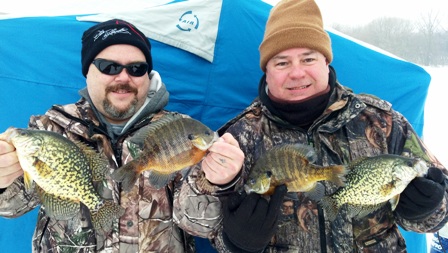 But across the northern half of the USA, there is a second peak period for crappie fishing; we call it “First Ice” around here. Crappie anglers anticipate that first safe ice of the winter because the crappies are in predictable locations and they are quite aggressive.
But across the northern half of the USA, there is a second peak period for crappie fishing; we call it “First Ice” around here. Crappie anglers anticipate that first safe ice of the winter because the crappies are in predictable locations and they are quite aggressive.
Here in North Central Minnesota, first safe ice usually happens within a week or so of Thanksgiving. In areas father south, the first safe ice fishing takes place around Christmas. The entire month of December, if you can safely get on the hard water, is prime time for crappies.
Whenever I talk ice fishing for crappies, I think of my friend Kevan Paul, a fishing guide in northern Iowa. He’s a premiere panfish guide both on the open water and the hard water. I gave him a call and asked him to help me pass along some advice about those first ice crappies.
Secret #1 – Focus on Shallow Water
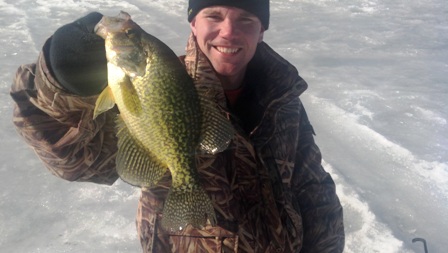 “In late fall the fish will be off the deep breaklines in at least 18 feet,” Kevan explains. “But when the lakes ice over, they start to move toward the shallows.”
“In late fall the fish will be off the deep breaklines in at least 18 feet,” Kevan explains. “But when the lakes ice over, they start to move toward the shallows.”
Kevan says they can be found is as little as 3 to 4 feet as the winter wears on, but the best early-ice locations are breaklines and bars with weeds on top in 10-13 feet of water, depending on water clarity.
Secret #2 – Look for Weeds
“The place to start is right in the deepest weeds you can find in the lake.” Weeds are the key to finding crappies, and Kevan uses an underwater viewing system to find the greenest, tallest patch of weeds he can find and then he looks for crappies located near them. “The crappies that you find near the bottom of the weed patches are not very active, but the fish you can easily catch are those that are out off the edge of the weed patches and well up off the bottom.”
Secret #3 – Seek Active Fish
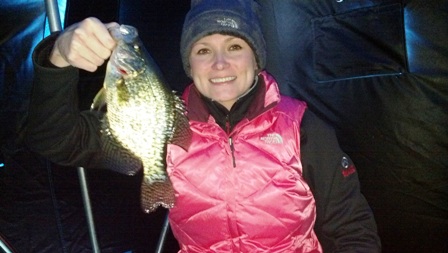 If he doesn’t see active crappies, Kevan simply drills another hole and drops the camera down again. No sense targeting fish that are not likely to bite. First spend the time to find the active fish, and only then start fishing.
If he doesn’t see active crappies, Kevan simply drills another hole and drops the camera down again. No sense targeting fish that are not likely to bite. First spend the time to find the active fish, and only then start fishing.
These crappies move along in loose schools and once you find a school of active fish, the action can be terrific. They roam from one weedy area to the next. Often lakes have weed patches that are more like clumps. Some of them may be as small as the hood on your car. If you find crappies relating to one of these weeds, you can catch them quickly because they are concentrated in a small area.
If the action dies down, simply start moving from weed clump to weed clump until you find another pod of active fish. By now you can see how important an underwater viewing system is to a successful trip.
Secret #4 – Use These Surefire Techniques
 Once you find the schools of active fish, Kevan has some suggestions for catching them.
Once you find the schools of active fish, Kevan has some suggestions for catching them.
(1) Minnows – He likes to use a slip bobber with a minnow and a bare hook. You know how deep they are because you have seen them on your depthfinder or your camera. “Keep your bait a little above the level of the fish,” Kevan explains. “Crappies feed up and you will catch a lot more fish if you position your bait right above them.”
(2) Plastics – While the simple minnow and sliding float method is his go-to technique, he says some days they seem to like plastics better. When this is the case, he uses a tiny jig with a Berkley GULP! Minnow and keeps it moving slowly. Crappies move very slowly in cold water and often just suck in a bait, then just sit there.
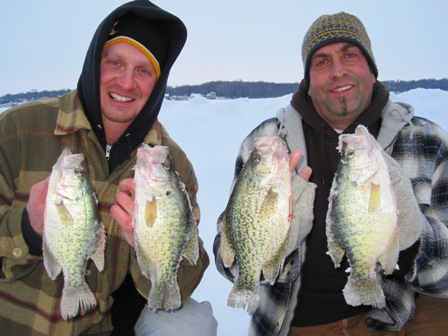 (3) Spring Bobbers – These bites can be so hard to detect, in fact, that every one of his crappie rods has a spring bobber on the tip to help him determine when a crappie has sucked in his bait. Sometimes, he says, all you see is that the spring bobber is loaded up a little more and then you set the hook.
(3) Spring Bobbers – These bites can be so hard to detect, in fact, that every one of his crappie rods has a spring bobber on the tip to help him determine when a crappie has sucked in his bait. Sometimes, he says, all you see is that the spring bobber is loaded up a little more and then you set the hook.
(4) Colors – “It’s hard to beat pink for crappies,” Kevan says when he talks about colors. In clear water Kevan stays with the more natural colors such as motor oil and brown. But in the more dingy water he might go with brighter colors such as chartreuse.
So when the ice is safe to venture out this winter, head out to a place where you can find deep green weeds near the open water basin of the lake. You’ll find the active crappies there and if you take your time and target these finicky speckled fish the right way, you are well on your way to a delicious winter fish fry.
***
About Kevan Paul
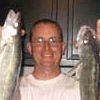 Kevan Paul guides fisherman in northern Iowa, and can put you on a bite most anytime. He can be reached at 641-529-2359, or visit his website at www.paulsfishingguide.com.
Kevan Paul guides fisherman in northern Iowa, and can put you on a bite most anytime. He can be reached at 641-529-2359, or visit his website at www.paulsfishingguide.com.
About Bernie Barringer
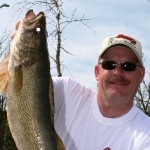 Bernie Barringer is a lifelong angler who has competed in professional walleye tournaments. He has published more than 400 articles in two dozen outdoor magazines and authored ten books on hunting, fishing and trapping. He enjoys fishing for all species and writing about his experiences for many outdoor magazines, and on his blog at www.bowhuntingroad.com.
Bernie Barringer is a lifelong angler who has competed in professional walleye tournaments. He has published more than 400 articles in two dozen outdoor magazines and authored ten books on hunting, fishing and trapping. He enjoys fishing for all species and writing about his experiences for many outdoor magazines, and on his blog at www.bowhuntingroad.com.
5,088 total views, no views today


